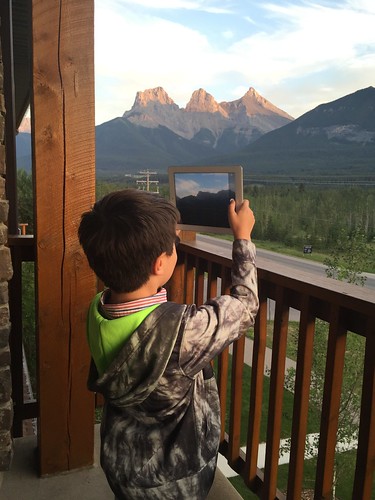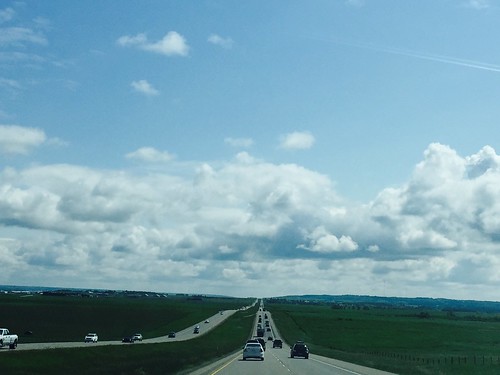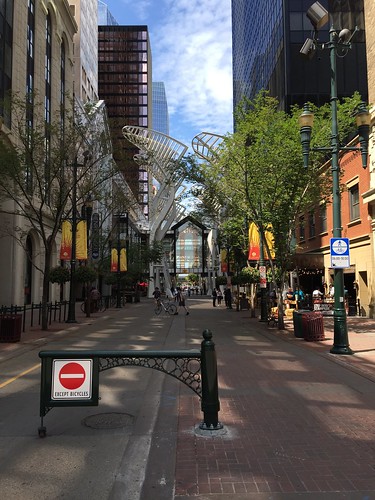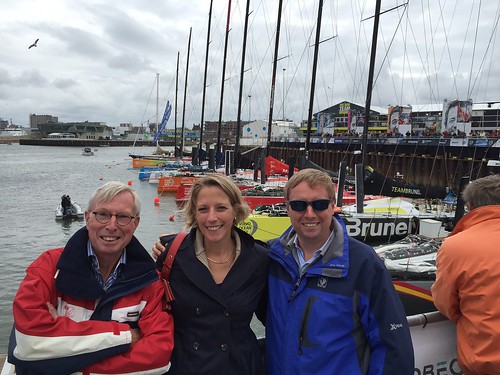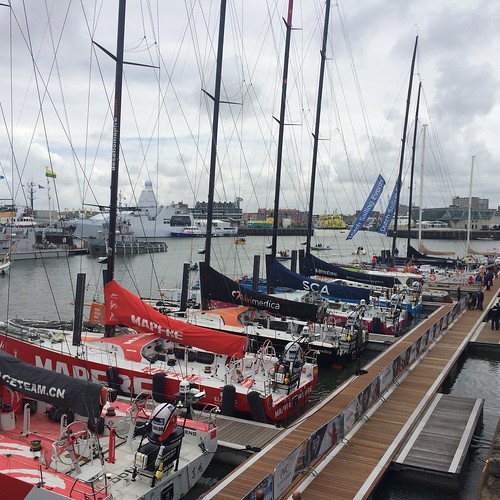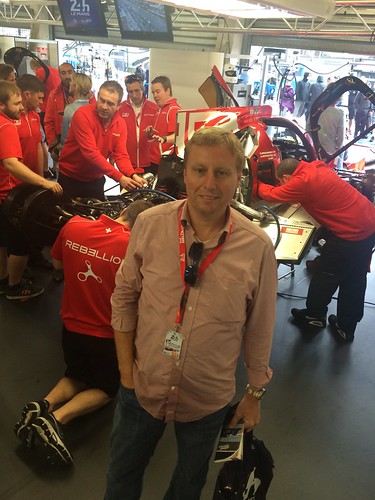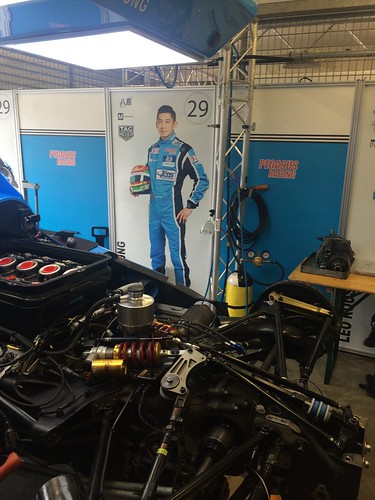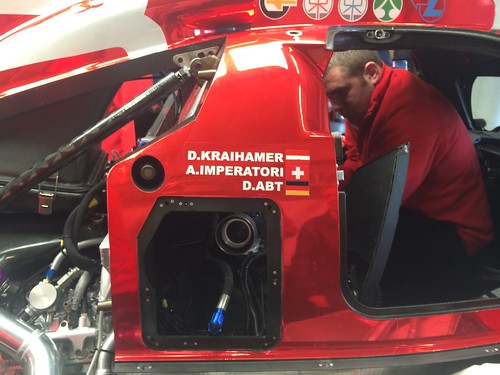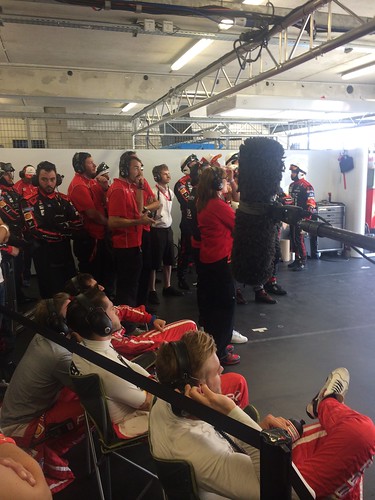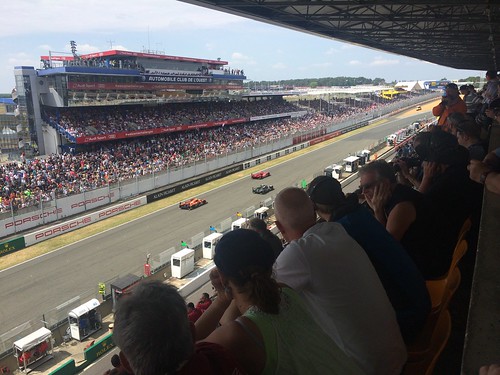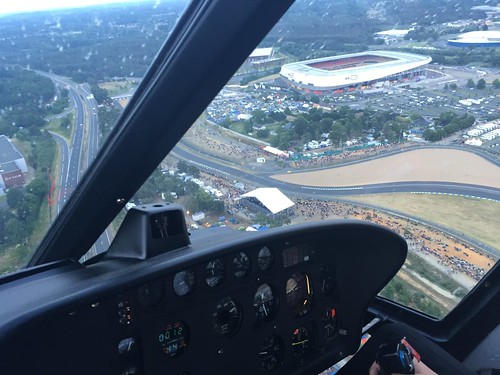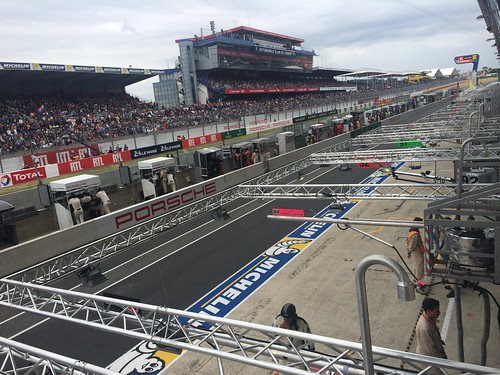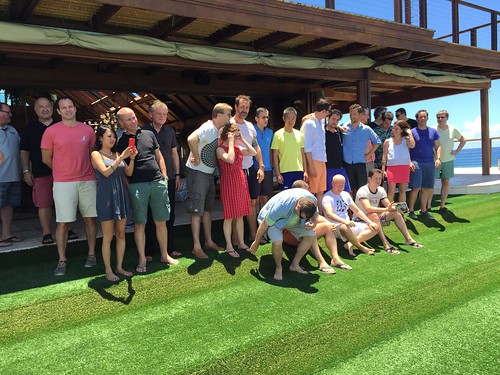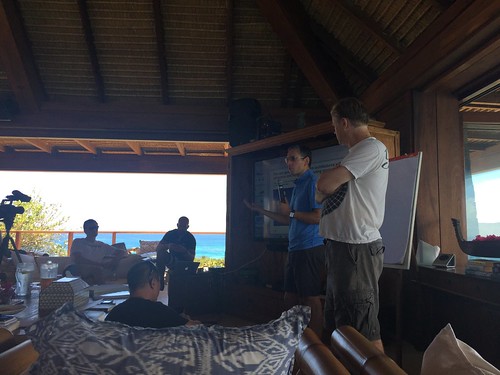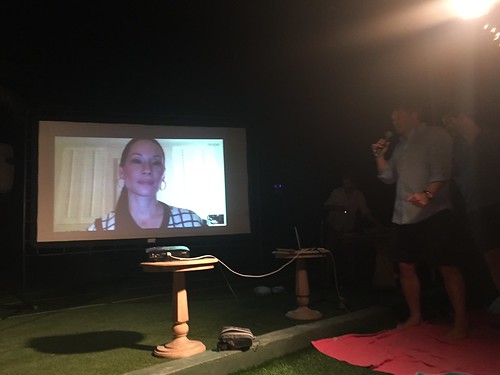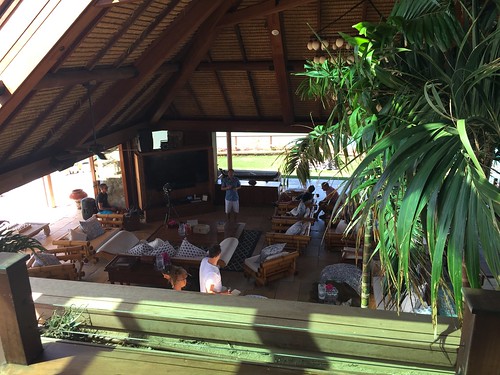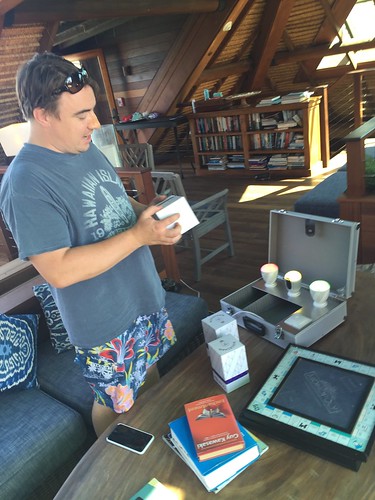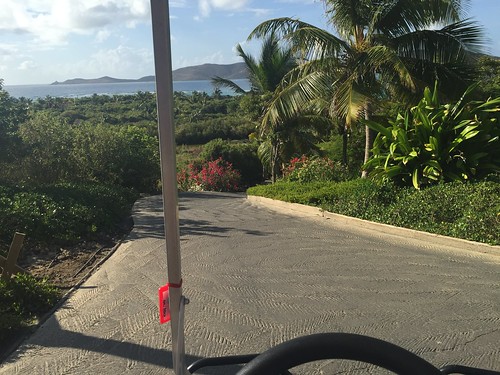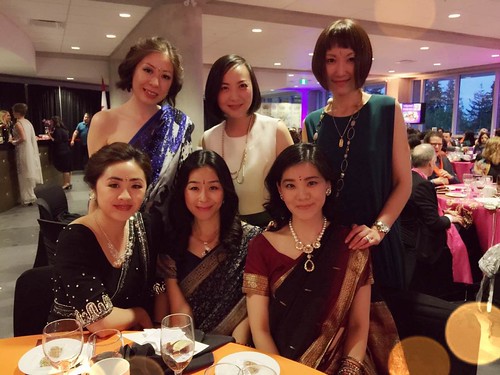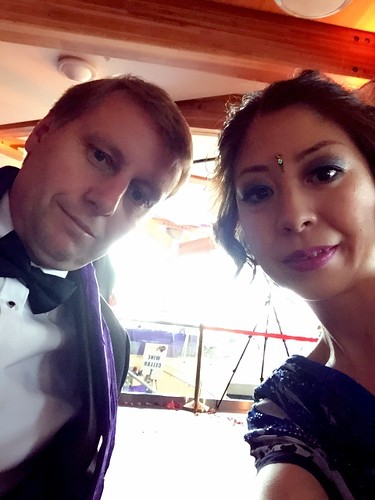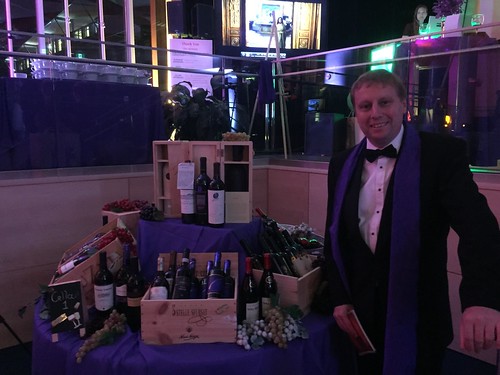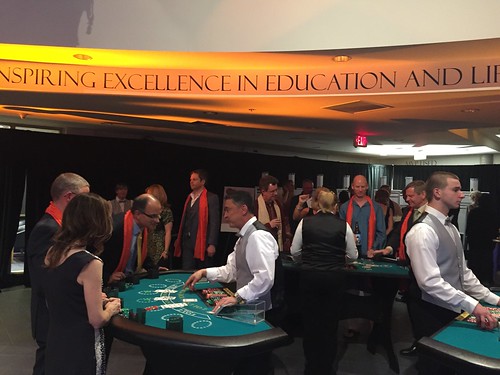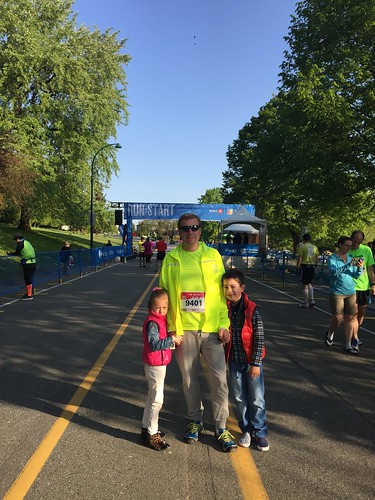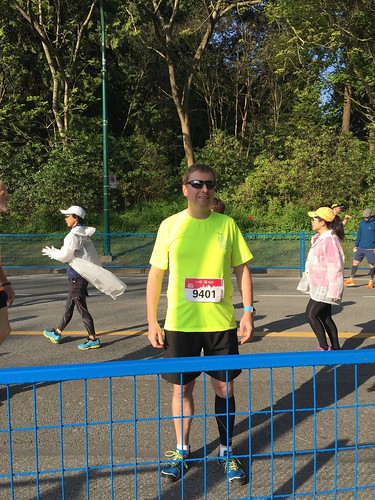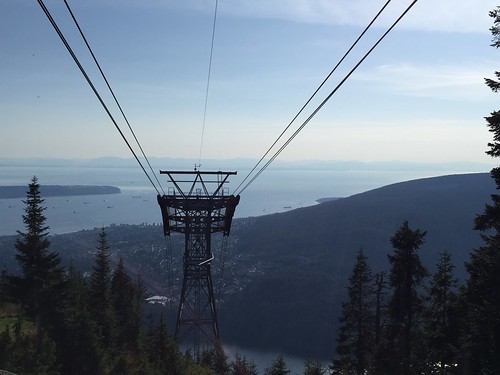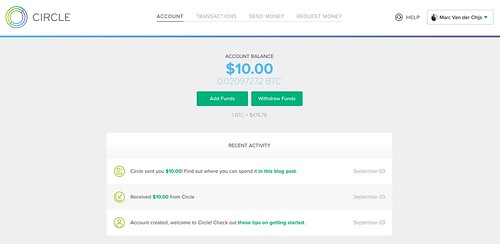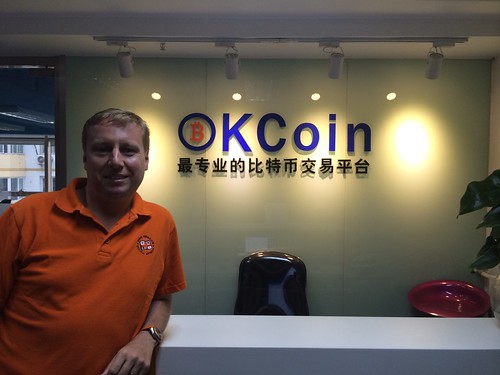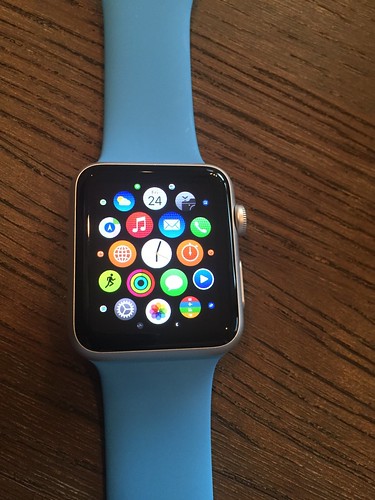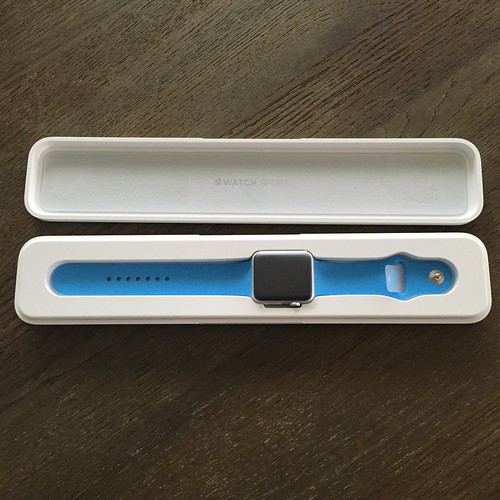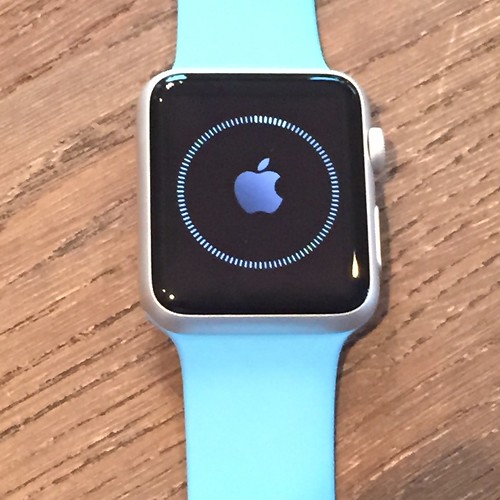 Grace’ family is visiting at the moment, so we decided to take them on a trip to Kelowna and Banff. The holiday was relatively short (we left on Thursday and came back on Tuesday), but it was totally worth it despite the long distances that we had to drive.
Grace’ family is visiting at the moment, so we decided to take them on a trip to Kelowna and Banff. The holiday was relatively short (we left on Thursday and came back on Tuesday), but it was totally worth it despite the long distances that we had to drive.  In Kelowna we stayed at the Delta resort on Okanagan Lake, one of the nicer places in town. The kids were happy that we went back to this hotel because they like its pools, and I like it because of its location (you can walk into town and you can run along the lake right outside the hotel room).
In Kelowna we stayed at the Delta resort on Okanagan Lake, one of the nicer places in town. The kids were happy that we went back to this hotel because they like its pools, and I like it because of its location (you can walk into town and you can run along the lake right outside the hotel room). 
Upon arrival in the hotel we had a drink in the club lounge on the 9th floor, with a great view over Kelowna and the lake. After that we drove to Quails’ Gate winery for a visit. As with many of Okanagan’s wineries the vineyard is located close the lake with nice views.
 I played tag with the kids (they needed to get some exercise after hours in the car) and the family took pictures. We bought some wines in the shop and checked out the restaurant (a good one, but no kids allowed…) and then went back to Kelowna.
I played tag with the kids (they needed to get some exercise after hours in the car) and the family took pictures. We bought some wines in the shop and checked out the restaurant (a good one, but no kids allowed…) and then went back to Kelowna. 
At night I worked a bit in the hotel room and enjoyed a bottle of Quails’ Gate rose wine with the balcony doors open. It was really warm in Kelowna (close to 40 degrees Celsius during daytime), but at night the temperatures were just perfect.
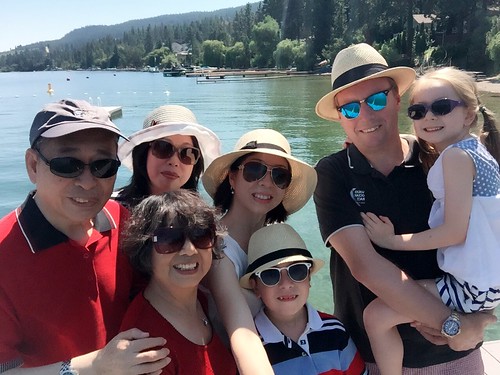 The next morning we drove to Lake Country (15 min north of Kelowna) for a tour of the 50th Parallel Estate winery. We were a bit early so we first drove to Coral Beach, just down the road from the vineyard.
The next morning we drove to Lake Country (15 min north of Kelowna) for a tour of the 50th Parallel Estate winery. We were a bit early so we first drove to Coral Beach, just down the road from the vineyard. 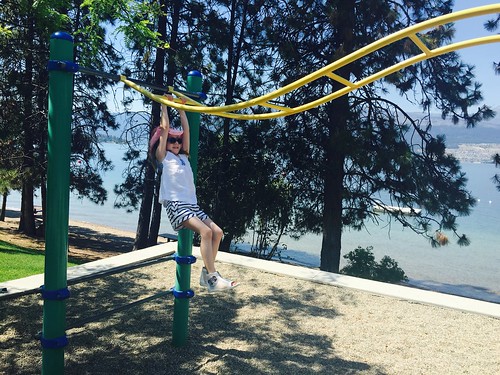
I really liked the small beach, the water was blue and super clear and there was a small playground for the kids. I could have stayed there a bit longer actually, but we made an appointment that I was looking forward to, so had to leave.
At 50th Parallel Curtis and Sheri-Lee (the owners) were waiting for us, they had just arrived by boat with some friends. That’s a nice way to travel to work! After short introductions they showed us the ins and outs of the winery while we all enjoyed a glass of chilled Pinot Gris.
 50th Parallel has a great location with its vineyards right on Okanagan Lake, meaning that in winter there is normally no snow (it can get pretty cold in the Okanagan in winter). If you would go up another 300 meters the climate would be completely different.
50th Parallel has a great location with its vineyards right on Okanagan Lake, meaning that in winter there is normally no snow (it can get pretty cold in the Okanagan in winter). If you would go up another 300 meters the climate would be completely different. 
The winery only started in 2011 but they now already have some award winning wines. We among others tasted their Gewürztraminer, the Chardonnay, the Rose wine and of course their Pinot Noir. I especially liked the Gewurztraminer and the Pinot Noir, I found them better than most of the Okanagan wines that I have tried over the past 2 years.
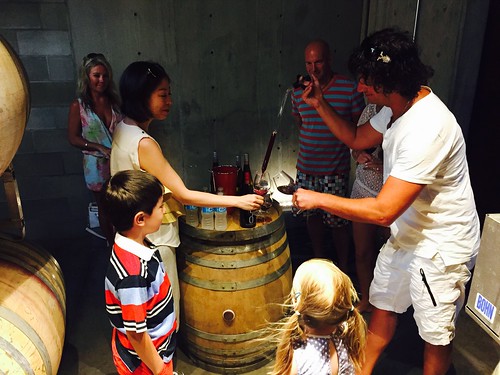 In the caves Curtis let us try their latest, still unbottled, Pinot Noir, directly from the barrel. Really interesting to drink this new wine and to see how its color and taste are already developing.
In the caves Curtis let us try their latest, still unbottled, Pinot Noir, directly from the barrel. Really interesting to drink this new wine and to see how its color and taste are already developing. 
After almost 2 hours we left the winery and went for lunch at a nearby restaurant before driving to the Mission Hill winery in West Kelowna.
 In terms of architecture Mission Hill is by far the nicest winery in the Okanagan, but I am not a big fan of all of their wines (their Pinot Noirs are great though). I was a member of their wine club for a while so that I would receive their best wines every 3 months, but I decided to cancel it earlier this year.
In terms of architecture Mission Hill is by far the nicest winery in the Okanagan, but I am not a big fan of all of their wines (their Pinot Noirs are great though). I was a member of their wine club for a while so that I would receive their best wines every 3 months, but I decided to cancel it earlier this year. 
Scott and Elaine running around at Mission Hill
After 2 winery visits in a day the kids were obviously getting a bit tired, so we went back to the hotel where I went for a swim with them. On the way back we suddenly saw huge smoke clouds coming out of the mountains to the south east of Kelowna.
The first smoke from a big forest fire Turned out that a forest fire had started on the outskirts of Kelowna and that is was growing very fast in size. Many houses were evacuated and one of the 2 highways out of Kelowna was closed because of the approaching fire. I followed the news on Twitter, which is still the best way to get up to date ‘breaking’ news. The next day the fire brigade managed to contain the fire, but at the same time many other fires in British Columbia had started and parts of the province were covered in smog. 
Saturday morning we drove from Kelowna to Banff, a long but beautiful ride through British Columbia’s interior and across the Rocky Mountains. I was aware that it was quite a distance to drive, but what I didn’t know was that most of the road would be just 2 lanes. Even Highway 1, the main highway that basically goes from the Pacific Ocean to the Atlantic is mostly a 2-lane road until the Alberta border. That, combined with several road construction sites, didn’t make for a smooth ride. However, the amazing scenery compensated for that and by late afternoon we arrived in Canmore.
The next morning we had planned to visit Banff national park, but the weather wasn’t great (just 20 Celsius and overcast).
Therefore we decided to drive to Calgary instead, where the weather was supposed to be nicer. I had only been to Calgary once on a business trip and had not seen much of the city, so this was a good chance to check it out.
I was surprised to see how quiet the city was. Downtown hardly anybody walked around and the shops were virtually empty. Very different from Vancouver, even though we even find that a quiet city (after China it’s hard to consider a Western city vibrant…). I assume it’s mainly because of the recession: Alberta relies on the oil and gas industry and has some major problems because of the low oil price.
As usual I also checked out the housing prices, for the price of a small bungalow in Vancouver you can here get a huge mansion! Not that I would want to live here, especially the long, cold winters would drive me nuts.
In the afternoon we went back to Canmore where the weather had cleared up and drove the Kananaskis Trail. Highlights were the lakes along the route and a white water river with kayakers. Pretty cool to see them in action in the fast flowing river, I had never seen this before. 
Monday we spent the whole day sightseeing in Banff National Park, a huge park on the border of Alberta and British Columbia. 
We started off in Banff where we drove up to the hot springs and later checked out the Bow river and the golf course of the Fairmont hotel. 
After that we drove the Bow Valley Parkway to the famous Lake Louise. I had seen many pictures of the lake and the Fairmont hotel next to it, and I had high expectations. However, I was a bit disappointed to see the lake in reality. It was beautiful, but I had seen so many other beautiful lakes, mountains and glaciers over the past days that I did not find it very special.
The hotel looked a bit out of place to me, without it the lake would have been much nicer. Also it was way too crowded. This is the place that everybody wants to see, so it’s probably the busiest place in the whole area.
We left Lake Louise after half an hour to drive the Icefields Parkway. This is a road through the mountains, following the Continental Divide, that connects Lake Louise with Jasper. Along the route there are many glaciers and (ice cold) lakes, it makes for a fantastic ride with lots of sightseeing places. It reminded me a bit of areas in Western Xinjiang, along the Karakoram Highway.
Throwing stones with Scott at Bow Lake
Among others we stopped at Bow Lake, which is probably even more beautiful than Lake Louise, with incredible colors and 2 magnificent glaciers above it. And the best thing? Hardly any other tourists!
Family picture at Bow Lake
The ride back went relatively easy (I was prepared for a much longer drive), and within 11 hours (incl. several stops) we were back home in Vancouver. 
There are tons of wildfires in British Columbia and we saw quite some areas with thick smog. But luckily no fires close to the highways, so we did not have to make any detours. Vancouver is also quite smoggy because of fires on Vancouver island and north of Whistler, but not as bad as the smog that we were used to in China!
Back home in Vancouver: smoggy skies because of wildfires



